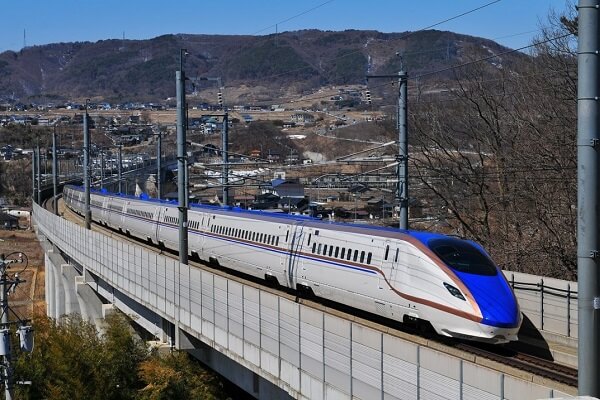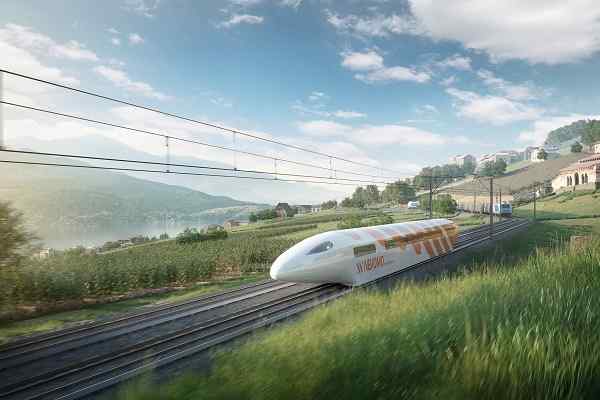 Understanding the Critical Role of Systems Approach in Urban Railway Projects
Understanding the Critical Role of Systems Approach in Urban Railway Projects Exclusive Interview with Ms. Serda Urganciyan, Partner-CEO at Studio 88 Architecture
Exclusive Interview with Ms. Serda Urganciyan, Partner-CEO at Studio 88 Architecture Titagarh Rail Systems set to deliver first sleeper Vande Bharat Train by late 2025
Titagarh Rail Systems set to deliver first sleeper Vande Bharat Train by late 2025 UAE's First Vertiport gets Operational approval, A game-changer in Autonomous Transportation
UAE's First Vertiport gets Operational approval, A game-changer in Autonomous Transportation Nafisah Aslam-Zainudeen: Inspiring the Next Generation of Female Engineers
Nafisah Aslam-Zainudeen: Inspiring the Next Generation of Female Engineers DRA-DMRC JV awarded major contract for redevelopment of Ahmedabad Railway Station
DRA-DMRC JV awarded major contract for redevelopment of Ahmedabad Railway Station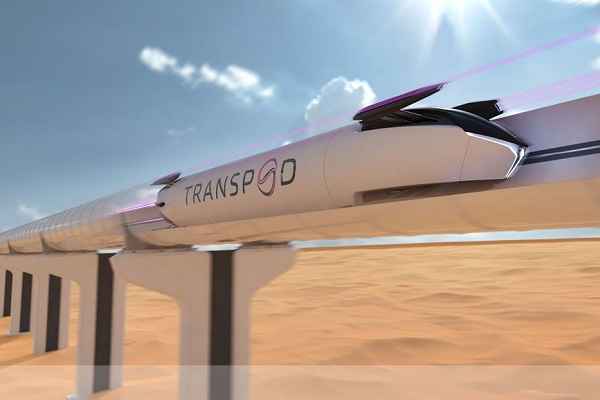 Revolutionizing Transportation: Hyperloop Technology in Saudi Arabia
Revolutionizing Transportation: Hyperloop Technology in Saudi Arabia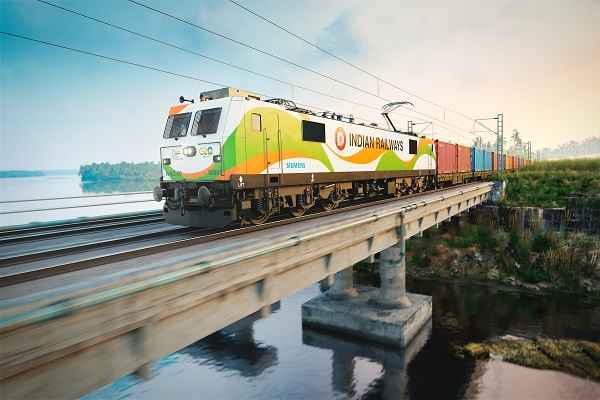 India is not just a market, it is becoming a beacon of hope for the future: Siemens AG
India is not just a market, it is becoming a beacon of hope for the future: Siemens AGSATEBA acquires Rail Business of De Bonte Group in Belgium
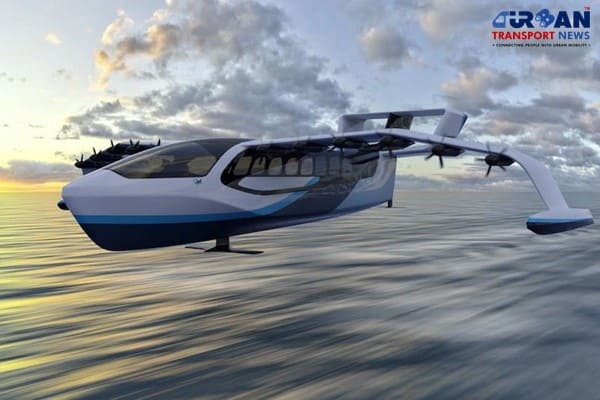 Regent to launch High-Speed Seagliders to transform coastal transportation in UAE
Regent to launch High-Speed Seagliders to transform coastal transportation in UAE
Intelligent Transportation System to Transform Mumbai-Nagpur Expressway

Nagpur, India (Urban Transport News): In a bid to revolutionize the commuting experience, the 701-km Mumbai-Nagpur Samruddhi Mahamarg expressway is poised to undergo a technological metamorphosis with the integration of an Intelligent Transportation System (ITS). Spearheaded by the Maharashtra State Road Development Corporation (MSRDC), the project aims to leverage artificial intelligence for efficient traffic monitoring.
The MSRDC, responsible for the expressway's construction, is actively seeking an experienced agency to undertake the ITS project, having issued a request for proposal with an earnest money deposit (EMD) of Rs 24 crore as bid security.
Transformative Scope of the Project
The ITS project encompasses the supply, installation, testing, and commissioning of a state-of-the-art system along the expressway, officially named Hindu Hrudaysamrat Balasaheb Thackeray Maharashtra Samruddhi Mahamarg after the late Sena founder.
An official from MSRDC confirmed that while 600 kilometers of the expressway are already operational, the remaining 101 kilometers are anticipated to open in 2024. This urgency underscores the need for prompt completion of the ITS work.
Breaking Down the ITS Components
The ITS is designed to minimize human intervention and comprises three main components:
-
Optical Fiber Network: The project involves laying optical fiber connections across the entire expressway, forming the backbone for seamless data transmission.
-
Control Rooms and CCTV Cameras: Establishing control rooms equipped with CCTV cameras strategically placed to monitor traffic flow, vehicle count, and detect any violations.
-
Integrated Transport and Toll Management: This component aims to facilitate communication with drivers during emergencies, offering real-time updates and messages, among other features.
Advantages Over Current Monitoring Methods
Presently, monitoring at Samruddhi Mahamarg relies on quick response vehicles, patrols by regional transport personnel, and highway police. However, traffic assessment is primarily manual. With the introduction of the ITS, control through artificial intelligence becomes possible, marking a significant leap in efficiency and accuracy.
ITS Progress in the State
While ITS implementation on the Mumbai-Pune highway is underway, the operationalization has faced delays due to pending work and ongoing expressway augmentation, according to the official. However, the introduction of ITS on the Mumbai-Nagpur Samruddhi Mahamarg is a pioneering move, with no similar system launched elsewhere in the state. The implementation of ITS on the Mumbai-Pune Highway and the State Transport Department's proposal to equip nine highways, covering around 2,000 kilometers, with an Intelligent Traffic Management System (ITMS) at an estimated cost of Rs 100 crore.
The selected highways, including Thane (Ghodbunder) to Achchad, Mumbai (Kalamboli) to Kolhapur, and Nashik to Dhule (Hadakhed), have been chosen based on their high traffic density and accident rates.
State Transport Commissioner Vivek Bhimanwar, who visited Kerala, the first state to implement ITMS on its roads, expects the introduction of ITMS to improve road safety and significantly reduce violations on these critical highways.
Conclusion
As the Samruddhi Mahamarg paves the way for a high-tech future, the integration of the Intelligent Transportation System emerges as a game-changer in the realm of urban infrastructure. This ambitious project not only promises to enhance traffic management but also sets the stage for future technological advancements in the state's expressway network. As the project unfolds, its success will undoubtedly influence the trajectory of similar initiatives nationwide.





